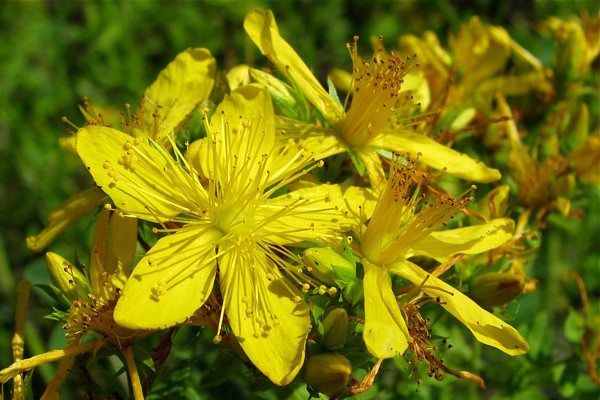For many, Happy New Year turns to SAD in the weeks that follow. January can be an extremely depressing month; either finances are tight due to the holiday season or our waistbands are tight due to over-eating. You may also be sick and tired of being inside, trying to stay out of the cold.
SAD or Seasonal Affective Disorder does not look much different than depression, but occurs in the winter months when we lose access to sunlight. Heading south or hiding until spring aren’t your only options.

Take a look at the following list to see if you might be affected with SAD:
- You have felt low for two winters in a row
- Your appetite has increased, and you are gaining weight
- You are craving sweets or carbohydrates, even more than usual
- You feel drained and more tired than you think you should, even when getting more than your average amount of sleep
- You feel irritable, anxious or hopeless
- You don’t feel like socializing with your friends or going out
- You are having difficulty concentrating
In Canada, it’s estimated that 15% of our population experiences SAD each year. The symptoms are often worse in women because changes in our hormone cycles make us more vulnerable to mood changes.
Tips to cope with Seasonal Affective Disorder
- Get outside. Without the right amount of sunlight exposure, we naturally more more sleepy because our brain makes more melatonin, the hormone that allows us to sleep. More sunlight = less melatonin = more energy. Also, sunlight on our skin produces Vitamin D which is a mood booster and important for a strong immune system. Take a look at my previous post on SAD and Vitamin D if you want to learn more.
- Exercise. Increasing blood flow and circulation through exercise releases endorphins, which create a “feel-good” sensation in your body. If the idea of spending a long time outside walking in the cold doesn’t appeal to you, join a class or try to establish a buddy system with a friend to get moving.
- Eat regular meals with higher protein content. Protein will stabilize blood sugar and keep you feeling full, so if you do crave sweeter foods, be sure to have them with a handful of nuts or some meat or veggie protein (like hummous and crackers, tzatziki and veggies, fruit and cheese) so that you do not add to the cycle of cravings.
- Establish human contact. This is a time you may need to push to maintain your connections because you feel so lethargic and grumpy, but seeing close friends and family who know you are feeling low may help you to remember that you’re not alone. Schedule them so you can’t bail out.
Extra SAD support for the body and mind
It’s true that sometimes being outside and getting exercise may not be enough. For some, SAD can be very oppressive and the depression alone is crippling. If you are not taking anti-depressant medication, the following natural supports for depression may be worth considering with a professional:
- St. John’s wort or Hypericum perforatum is a herb known for its ability to support depression. A combination of St. John’s wort, Passionflower (a herb that supports anxiety), and Valerian combined in a formulation called Neurapas has excellent clinical and research support for depression; it has similar efficacy to antidepressants like SSRI’s (selective serotonin reuptake inhibitors) in its ability to stabilize the brain in mild-moderate depression with very low side-effects.
- 5-HTP or 5-hydroxytryptophan is chemical involved in producing serotonin, which is a chemical linked to feelings of happiness. You can take this in supplemental form, such as Happy Sense to boost your own production of serotonin.
- L-tyrosine is an amino acid (we need them to make protein) that is used by the body to make more neurotransmitters, like dopamine, that can stabilize and improve mood in SAD.
- Often Vitamin D deficiency is a cause of SAD. If testing shows you’re deficient, 2000-3000 IU doses could be needed to bring your levels back to normal.
- As with all mood disorders, therapy or counseling should be included as part of your treatment. Talking out your blues and having strategies to accept and deal with your feelings are key to getting through the next few months.
Above all, try to take the good moments when you can and remember your feelings are temporary and will pass! With a good support system and some tools above, you should be able to get through to the spring feeling stronger.